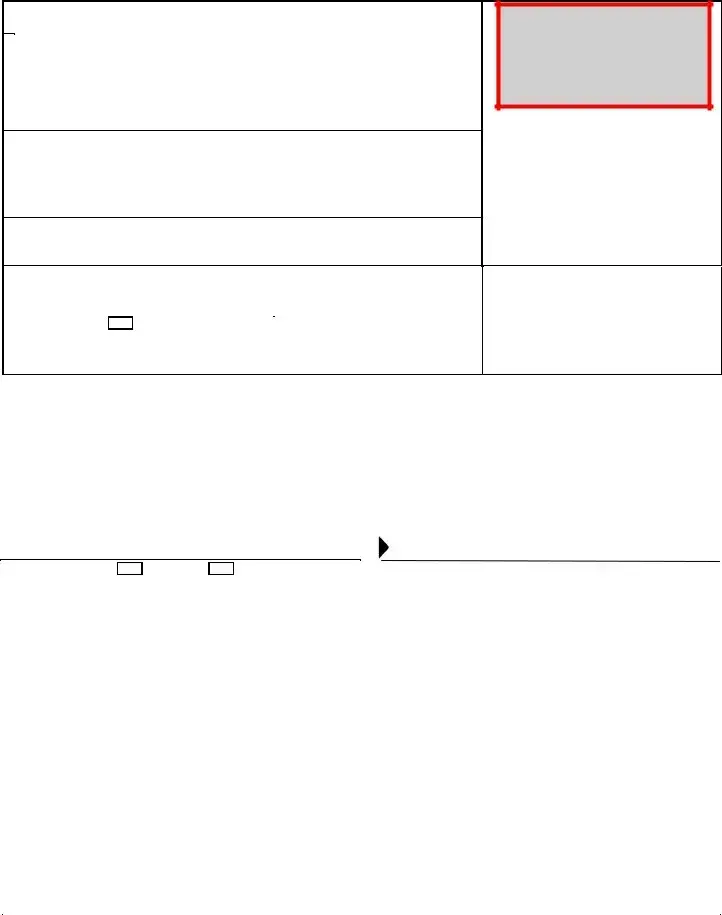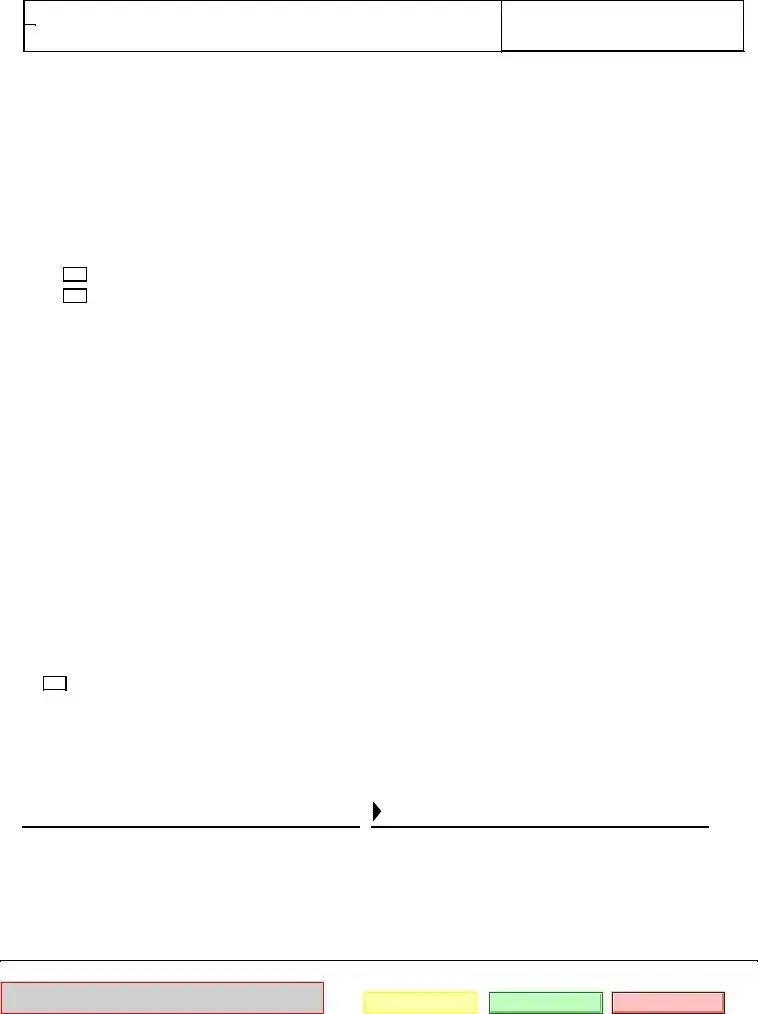What is the CIV-130 form?
The CIV-130 form, officially known as the Notice of Entry of Judgment or Order, is used in California courts to notify parties involved in a case about a judgment, decree, or order that has been entered. This form helps ensure that all parties receive the necessary legal documents and can track the progress of a case.
Who needs to file the CIV-130 form?
What information is required on the CIV-130 form?
You will need to provide basic information such as your name, address, and contact numbers. Additionally, information about the plaintiff/petitioner and defendant/respondent must be included. The form also requires details about the judgment or order itself, including the date it was entered and whether it pertains to an unlimited or limited case.
How do I serve the notice using the CIV-130 form?
You cannot serve the notice yourself if you are a party in the case. Instead, someone who is not involved must complete the proof of service section. This person must fill out their information, confirm that they are at least 18 years old, and describe how the notice was mailed to the other parties involved.
Is there a specific way to mail the CIV-130 notice?
Yes, you should mail the notice using first-class mail. Ensure that you place the notice in a sealed envelope with the correct postage. The envelope can then be deposited with the United States Postal Service or placed for collection by your business, following their regular practices.
What if I want to keep my information private?
To protect your privacy, the CIV-130 form includes a "Clear This Form" button. After you finish filling it out, make sure to use this button to clear any personal information before printing or sharing the form.
What happens if I don't file the CIV-130 form?
If you fail to file the CIV-130 form, the other parties may not be officially notified about the judgment or order. This could lead to confusion or complications, as they may be unaware of important decisions affecting the case. It’s crucial to file this form to ensure that all parties are kept informed.
Can I use the CIV-130 form for cases outside of California?
The CIV-130 form is specific to California courts. If your case is in another state, you will need to look up and use the appropriate form that corresponds to that state’s court system. Each state has its own procedures and forms for notifying parties about judgments and orders.


